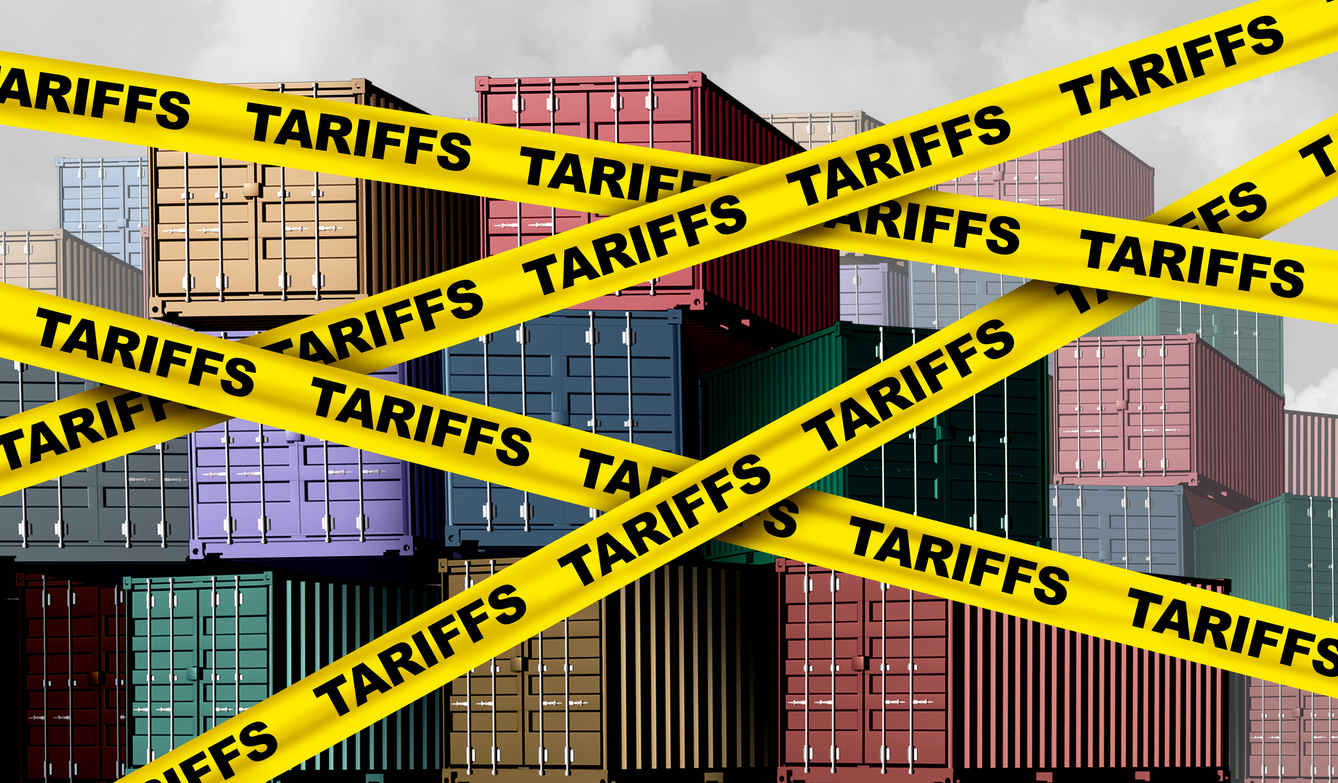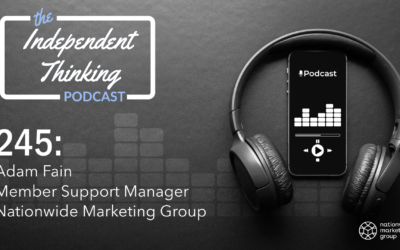Tariffs have been the talk of the town for months, with rumors, what ifs, and worst-case scenarios circulating in the news and retail industry conversations. But for all that talk, nothing had officially changed — until now.
This month, rumors of tariffs became reality between America and its top trade partners: China, Canada, and Mexico. Here is what we know.
China Tariff Update
On February 4, 2025, President Trump carried out his previously proposed tariff hike on Chinese goods. Unsurprisingly, the 10 percent increase on imports from China is expected to impact American consumers. As retailers struggle to make supply chain changes and find other cost-savings solutions, higher import prices will likely be passed on to the consumer at the point of sale.
But how big of an impact are we talking about?
Per the Census Bureau, the U.S. imported $427 billion in goods from China in 2023, with the following breakdown in these key independent retail categories:
- Consumer electronics ($66.7 billion in cellphones and other household goods, $37.4 billion in computers, and $15.7 billion in computer accessories)
- Home appliances ($13.8 billion)
- Furniture and household goods ($11.7 billion)
Consumer Electronics
As reported by Business Insider, the Consumer Technology Association estimated back in October 2024 that the proposed tariffs would increase the cost of electronics as follows:
- Laptop and tablets (45 percent)
- Smartphones (25.8 percent)
- Video game consoles (39 percent)
- TVs (9 percent)
Home Appliances and Furniture
In anticipation of looming tariff increases, the National Retail Federation (NRF) published a report in late 2024, with predictions on related price increases. The report considered a range of tariff possibilities across various categories, including home appliances and furniture.
According to the NRF report, home appliance prices could rise by as much as 19.4 percent, including products like stoves, refrigerators, dishwashers, and blenders. For example, the average sticker price for a basic refrigerator could increase from $650 to $776.
And in the furniture category, the report cited the possibility of a $2,000 mattress and box springs set increasing to $2,128.
In a December 2024 interview, Jonathan Gold, NRF vice president of supply chain and customs policy, estimated that President Trump’s tariffs “could cost consumers an additional $2,500 to $7,600 a year per household,” according to USA Today.
And the costs will certainly add up over time. USA Today also noted Morgan Stanley economist Mark Gapen’s prediction that “side effects of the tariffs will be felt through 2025 and 2026 with the ‘tariff shock’ being over in the second half of 2026.”
One thing all experts seem to agree on is that consumers will be on the hook for the Chinese tariff hike. And what about Canada and Mexico?
Canada and Mexico Tariff Update
As of February 1, tariff negotiations with both Canada and Mexico are on hold for 30 days, following tentative agreements to comply with President Trump’s request for border security assistance.
If border agreements are reached by March 4, the proposed 25 percent tariffs will be scratched. If not, prepare for additional impact. According to federal trade data, Mexico and Canada are two of America’s top three trade partners and together accounted for 30 percent of the value of all products imported by the U.S. in 2024. Top import categories include automobiles, car parts, gas, food, and beverages, per CNN.
Metal Tariffs
Whether the Canada and Mexico tariffs remain on hold indefinitely, both countries are being hit with new tariffs on aluminum and steel, announced by President Trump on Sunday, February 9 and enacted the next day.
This is a continuation of the President’s 2018 initiative, which then imposed a 25 percent tariff on steel imports and a 10 percent levy on aluminum imports to help boost domestic production. And that decision proved productive during his first term in office, both creating a rise in steel and aluminum investments and bringing in $1.4 billion in revenue in just the first five months after the policy was instituted.
This week’s actions have the tariffs for both aluminum and steel at 25 percent — a decision that will impact Canada as the chief supplier of both aluminum and steel to the U.S. Other countries impacted include Mexico, Japan, South Korea and Germany.
Overall, this metal tariff could certainly boost U.S.-based metal companies, as America currently imports approximately 80 percent of its aluminum and 17 percent of its steel, in what amounted to $50 billion in 2024. While this could raise costs for the construction and auto industries in the short-term, the idea is that it will create a long-term benefit for the United States. And commodity pricing consultancy analyst for CRU, James Campbell, agrees. In an interview with CNBC, he predicted that, “At the start, this could damage demand.” However, “in the longer term, we can see investment coming through.”
And that is undoubtedly the hope for all tariffs implemented this year so far — along with any new policies that might come into play. President Trump says he is ready and willing to impose reciprocal tariffs on “every country” that retaliates with tariffs on U.S. imports.
And NMG will continue to share coverage on all related tariff updates as the news unfolds.




